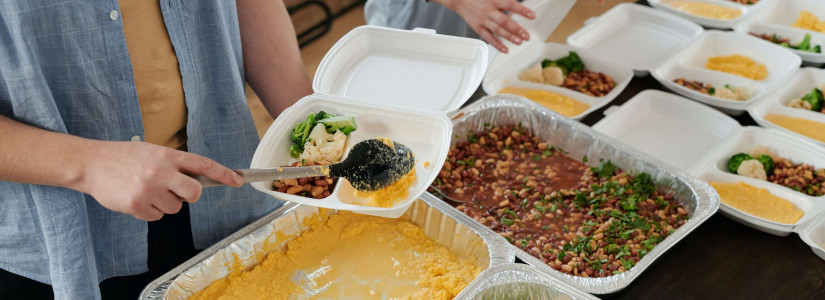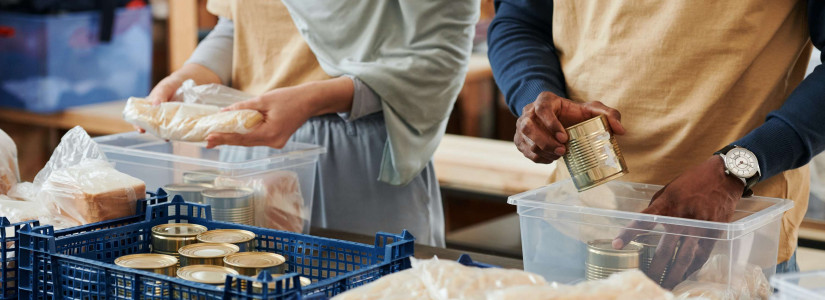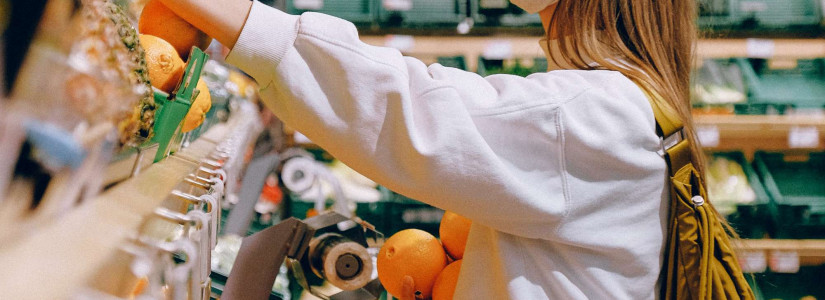The Emergency Food Assistance Program (TEFAP) Explained
The U.S. Department of Agriculture, also known as the USDA, takes care of this program at the national level. Meanwhile, the program is also managed locally in all 50 states, as well as Washington D.C., Puerto Rico, the U.S. Virgin Islands, and Guam.
How Does TEFAP Work?
TEFAP buys a whole bunch of healthy and good quality food from farmers and gives this food to states based on two things: how many people don't have jobs and how many people live in poverty.
Then, state agencies give this food to local places like food banks. These food banks then work with places like soup kitchens and food pantries to give the food directly to people who need it. Sometimes, the food is also given to community centers that help out families directly.
To help with the costs of storing and handing out the food, TEFAP also gives some money to these state and local organizations.
Who Can Get This Food?
Organizations that help feed people who don't have enough to eat can be part of TEFAP. These organizations have to follow certain rules, like making sure they mainly serve people who really need the help.
The kind of food TEFAP gives includes fruits and vegetables, meat, fish, eggs, grains like rice and pasta, and dairy products like milk and cheese.
To view the full list of foods offered through TEFAP, please check the USDA Foods Available List for TEFAP.
If you need food for your home, your income has to be below a certain level which is set by your state. But, if you're eating meals at places like soup kitchens, you don't need to prove your income to get the food.
Funding for TEFAP
For the year 2024, TEFAP got $461.5 million to buy food and an additional $80 million to help run the program.
Besides this, TEFAP also gets extra food that the USDA buys to help farmers sell their crops. This means even more food is available for people in need.
Check out: The 2024 Election: What's at Stake for Food Assistance Programs
A Brief History
TEFAP started in 1981 with the main goal of giving out food that the USDA bought to keep agriculture markets stable.
Over time, as the government had less extra food stored away, Congress decided in 1988 and again in 1990 to specifically buy food for TEFAP to make sure there was always enough to help those in need.
Need More Info?
If you want to learn more about getting help from TEFAP or how to be part of the program, you can contact your state's TEFAP office or send an email to USDAFoods@usda.gov.
-
Subscribe to secure your food stamps and learn more about this government benefit












